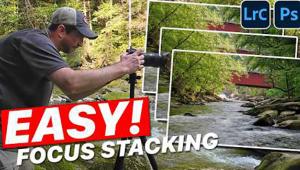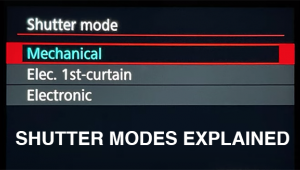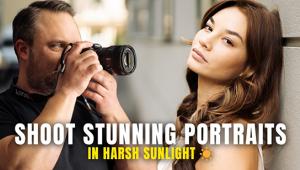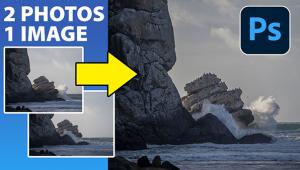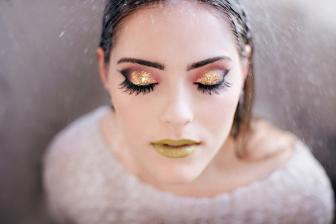Objective And Subjective Exposure
How-To
Objective And Subjective Exposure
by George Schaub
This is an excerpt from our new Petersens Photographic quarterly publication, which is a newsstand-only magazine still on newsstands today. Every three months a new edition will be available, with our next topic being "Composition." Look for it at a newsstand near you. You can also check out some other articles from the premier issue at www.photographic.com.
Not all photos need to contain every tonal value the photographer observes or that exist in a scene. Some tunes are best played with a smaller range of notes. One technique often used by experienced photographers is to first record all the tones possible and then edit out, or obscure some later. Indeed, some of the best photographs reveal some of the tones while hiding or darkening others, thus guide the viewer’s eye according to the photographer’s artistic pleasure, or even whims. That’s the difference between the objective exposure, which strives to gather and record all the values and colors in a scene, and a subjective, or expressive exposure, which manipulates tonal values and color for certain aesthetic ends. If you ever have a chance to look at a master photographer’s negatives, such as Ansel Adams, you’ll see a considerable difference between the original negative and the resultant print.
 |
|
|
While your aim is to generally record as many of the tonal values as possible in every exposure, there are times when your intent is obvious and you need not do so. In this photo, for example, the contrast is so bright that it’s obvious that in order to get detail on the commuting crowd either a strong flash or a large reflector would be needed. But here the aim is not to get detail in the crowd but to use the high contrast as a statement. This is a “subjective” exposure, one where you know absolutely what you want from the shot before you snap the shutter.
 |
You can impart mood to an image right out of the camera, and while this might limit your options when printing later, it “plants your flag,” if you will, in a particular intent, or use of light, color, and contrast to serve a considered interpretation. While it’s good to learn how to record as broad a range of brightness values as possible it’s also good to know how to deliver a certain interpretation right in the camera, in the field. That way you can choose either route. Knowing I wanted to go “abstract”on this ice pond I raised contrast by exposing for the highlight (bright ) areas, then converted to black and white and raised contrast further in post-processing.
 |
Everything was done here to gather as much tonal information as possible from this document of a steam locomotive. While more subjective interpretations could be done in software later, this is a “shot of record” and thus could be considered as an “objective,” or full tonal range exposure.
If you record a full range of values you leave many more creative options open for image editing and processing later. This photo of canyon walls was made to capture as wide a highlight and shadow tonal range as possible. This left room for later work, when the image was converted to black and white with some strong “burning in” work (selective darkening) to bring out the forms.
 |
 |
Like any craft, being able to employ subjective or expressive techniques requires that objective techniques be mastered first. Everyone gets a great exposure by accident once in a while; the ability to employ it whenever desired is the goal.
































